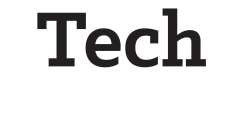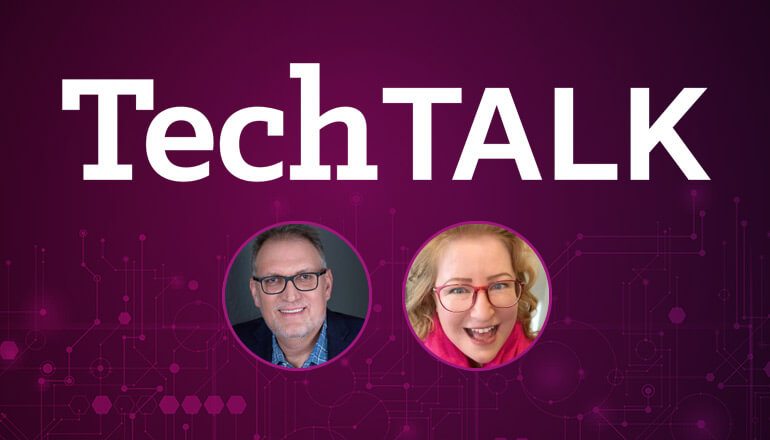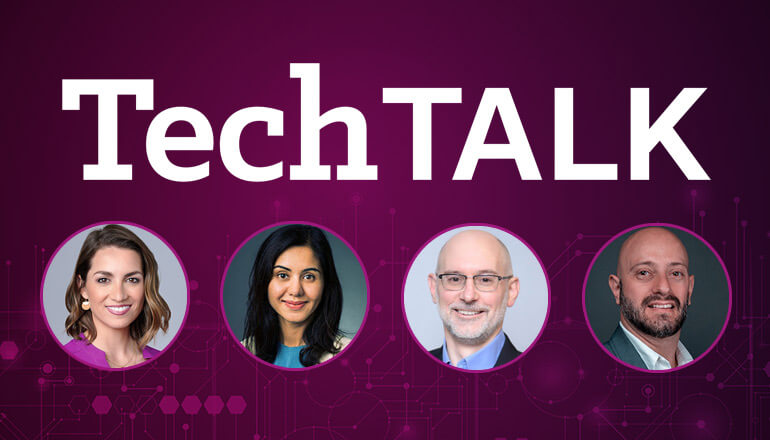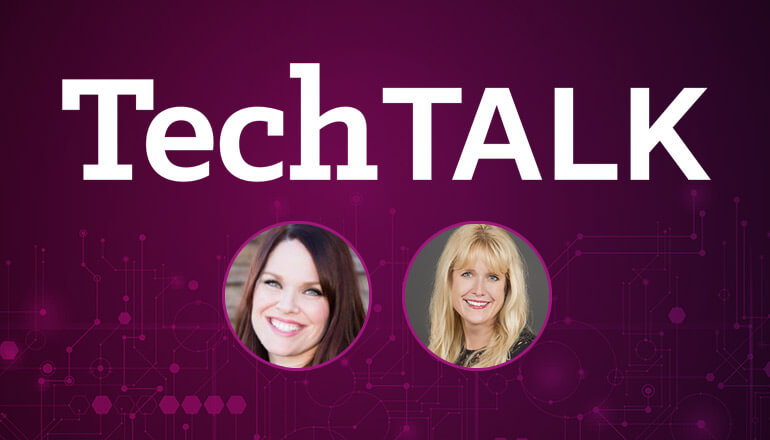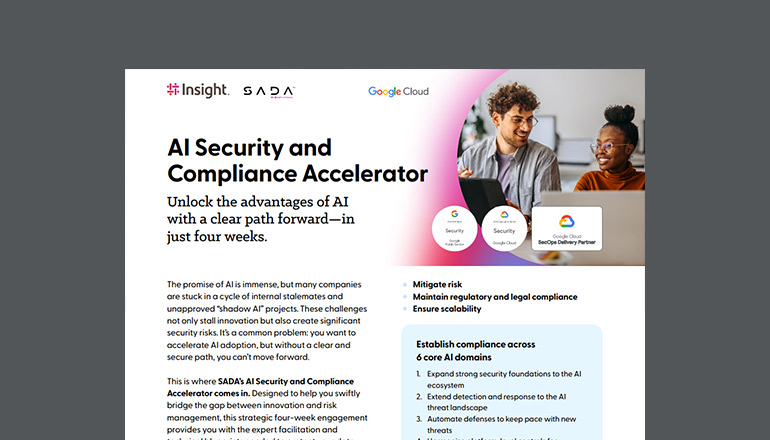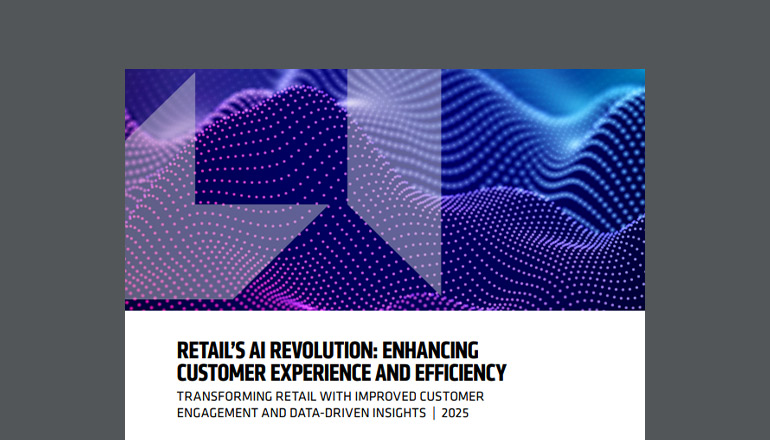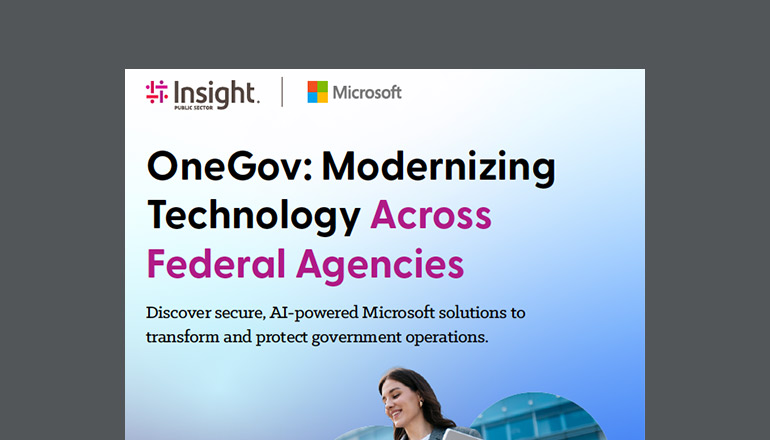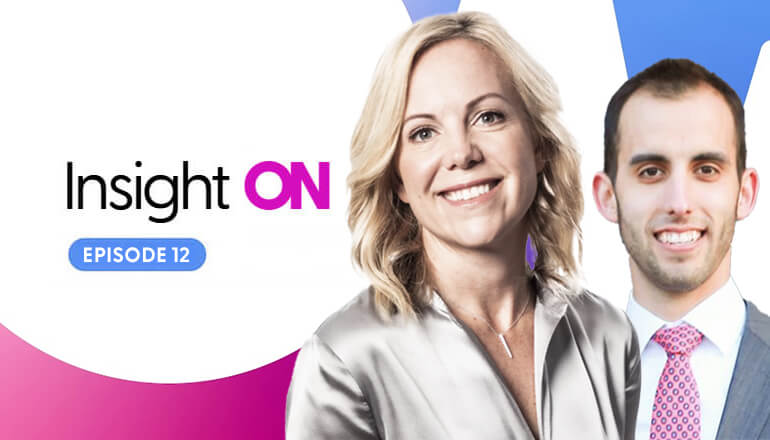Audio transcript:
Insight TechTalk – Future of Business From the Eyes of a CEO
Published June 18, 2020
[Music]
AMY
Hello, I'm AMY
Protexter, Senior Vice President of Marketing and Editor in Chief of Insights Tech Journal.
We just released our summer issue of the magazine and it's going to be focused on the future of business. Every company is coming to terms with the impact of COVID-19, and everyday can feel like shifting sand beneath our feet. Business leaders and IT professionals are still grappling with a lot of unexpected challenges brought on by the pandemic, while simultaneously trying to make strategic decisions about what's next.
To help answer these questions, we've tapped a lot of really smart people here at Insight for this issue of the tech journal, including our CEO Ken
Lamneck, who joins me here today.
Hi, Ken.
KEN
Hi, Amy. How are you?
AMY
I'm great. I'm so glad you could join us today.
KEN
Glad to be here.
AMY
Yeah, so Ken, you're the contributor to this issue's cover story, “The future of business in a post-COVID world through the eyes of a CEO.”
You cover a lot in this article, but one point you really emphasize is that the future of business is digital first. What does this mean in terms of where and how work gets done?
KEN
Yeah, as you know, we've been on this journey for certainly well over the past five years, and we've discussed the course where every company has to be an IT company. So the world was certainly moving towards being digitized certainly well before the pandemic.
Certainly the pandemic now has only fostered that in everybody's minds – that being digital is essential for the future. So, it's really helping accelerate everybody's motion towards digital.
So, digital involves, so many different aspects of business. Certainly, you're very familiar with what we've done from a digital marketing point of view, and all the digital assets that we have, in that regard, to better communicate with our clients. So, it really involves pretty much every aspect of what we typically would try to do in an analog way. We're trying to digitize where we can.
That doesn't mean of course, everything's going to be digitized. But we've gotta be, you know, very open minded towards trying to everything be digital, just because it makes it so much more frictionless experience for whoever's on the other end.
AMY
Yeah, for sure. You know, I think Ken, another lesson that people learned maybe the hard way is the importance of business continuity planning. So, what can you say about how a prepared Insight was and how we quickly pivoted to a remote workforce?
KEN
Yeah, so every company had a, you know, disaster recovery plan – a business continuity plan in place. Certainly Insight did, and we would, you know, test that periodically to see where we were.
But nobody ever imagined that all of us would be work from home, not just us, but all companies basically. And it just shows how resilient people are to really find solutions very quickly.
Certainly, what I think all companies realize: it starts with technology. So, technology was so key. And I think if you went back 15 years ago, we wouldn't able to do what we accomplished, right? Because the bandwidth wasn't necessarily there at home, the devices weren't nearly as powerful, the collaboration suites like Webex and Microsoft Teams weren't, you know, fully capable at that point.
So, realize that technology is so key towards us all working remotely. And I think we've realized that there's some improvements that we certainly can make going forward. But I'd have to say most people realize that you can operate pretty effectively here in a remote setting when you've got the proper technology.
AMY
Yeah, I know, Insight stepped in to help a lot of clients during that really kind of critical first few weeks of moving everyone remote. And, now that we're all a few months into this, we're starting to see that businesses are slowly beginning to reopen and return to their workplaces. Can you share a little bit about how Insight is planning a safe return for our teammates?
KEN
Yeah. And as you know, Amy, we really, right out of the chute, we said there's three objectives here during the pandemic crisis.
One was, of course, first and foremost, the safety and health of our teammates and their loved ones. And that certainly continues to be the number one priority.
And then second, of course, has been to be able to support our clients – who have been in many cases supporting the resolution of the pandemic.
And then third, really was making sure the company is well positioned for the rebound that will occur as we go through and come out to the other end.
But it even goes beyond that, of course, in that many families are just ill-equipped to return because they've got kids at home – schools are closed, camps are closed. So how do they take care of their loved ones and their kids and so forth. So, we've got to take all those into consideration.
I think as we move forward, of course, there's always gonna be a place for the office environment…I don't think that the office environment gets replaced because of the pandemic. But I think we'll also find that we're probably skew more towards remote working than we did in the past. Where, on average, it might have been 10% of the workforce being remote, prior to the pandemic, I think what you'll see is most businesses sort of geared towards probably average out around 25%. But there still will be a good complement when we do come through this where there still will be an office setting.
AMY
Yeah, I know that Insight has been working on a really unique and very sophisticated and interesting solution that we're going to be using in many of our larger locations, and that we're already speaking with many of our clients about. You wanna talk a little bit about our Connected Platform for Detection and Prevention?
KEN
Yeah, now that's a really great solution and all the credit goes to our Digital Innovation team, which, you know, has been in place for quite a few years now. And that was all about the migration towards being digital.
And fortunately, we were ahead of that curve to really bring on these great assets, through our Digital Innovation team. Basically, they developed the Connected Platform a few years ago. And it really was about the promise of what IoT could bring…all these connected devices at the edge of what we call Internet of Things … coming into play.
And the Connected Platform provides the glue to take all these data sets and bring them into, you know, sort of a single pane of glass, if you wanna use that terminology. Where you can actually take that information, or take that data and turn it into information where the client can interface with it very effectively.
And we actually started with a few use cases. One of the use cases was around was restaurants who had issues around food safety. And we were able to put sensors in refrigeration units and ovens. Then they realized they could put the security cameras in there as well. So that all worked.
And then this year, of course, our team realized that, hey, this is just another use case for that…with COVID. So we were able to take the situation and actually take the thermal imaging cameras that we have and basically integrate those into the Connected Platform. Then use optical cameras to do things like detections for social distancing, detection for our people wearing masks, and then of course, the ability to do contact tracing. If somebody should come down with the virus, you can track to determine who was impacted by that.
That's all built into the solution through the Connected Platform. So, we're really excited about being able to use that, of course, as you mentioned, we're using internally in our facilities to make sure we can bring people back to the office in a safe environment. So very timely, really excellent solution that our Digital Innovation team created.
AMY
Yeah, I agree. I think that's really gonna be a great kind of layer of extra protection for all employers and all businesses that you know, wanna take that step and provide an extra layer of screening and ensuring that they're keeping their environment safe for everybody else.
So well listen, one last question. I'd love to hear your projections for where you know, are you optimistic about the future? And what do you see? And how does technology figure into that?
KEN
Yeah, I would say incredibly optimistic for a couple of reasons. So one, just in general for the pandemic itself, and you realize just how resilient people are. When you look at, again, if we went back to February and said, we'd all be working from home, how's that gonna be? And we'd be doing that for three to maybe six months, how's that gonna work? We all would have been, whoa, that'd be a disaster. And I think we're all managing through that.
So, I think once we come out of this, you're gonna see many companies prioritizing where they're gonna spend their money. There's lots of choices they can make, I think this industry is gonna be a huge part of the solution. So I'm very optimistic, you know, for Insight, for the industry overall, on really providing some great solutions here.
What we do know is that there are cycles that we go through and it seems like every 10 years, we go through a pretty significant cycle of a downturn in the business. And we do notice when we do come out of it, the uptick is actually as dramatic as the downturn was. So it's so critical that all of us are prepared for that, and it happens very, very quickly. It happens overnight.
It wasn't too long ago in 2009, we thought the financial world was ending. And all of a sudden 2010, it rebounded in dramatic fashion. And we had double digital growth in all areas. So, we've gotta be well prepared for that. And that's what we're doing now. So we're controlling cost very, very tightly. But we're also making investments in areas that we know will be very important for the inevitable uptick in the business.
AMY
Yeah, that's great to hear. You know, I'm an optimist by heart. So, I love the optimistic view, and I definitely agree with you. Technology is definitely the future.
And I just wanna thank you, Ken, for your time today. I know, you know, you've got a lot going on and probably a client call to get to. So I wanted to thank you.
And I just wanna conclude our broadcast today by encouraging all of you to check out our latest issue of the tech journal, The Future of Business and learn a lot more about what experts are saying about where the future of business is going and how you and your company can be a part of it.
[Music]
